
Wyoming cattle have died from anthrax, which has led to a quarantine of cattle in a localized area to try to prevent spread of the disease.

Wyoming cattle have died from anthrax, which has led to a quarantine of cattle in a localized area to try to prevent spread of the disease.

Nebraska's governor has signed an executive order banning state agencies from buying lab-grown protein products and create a new rule to add more labels for those products. Three other states have either banned the sale of lab-grown meats or added similar restrictions.

There are still a plethora of external pressures looming overhead of the cattle complex, but maybe, just maybe, the market showed some effort and desire to press onward as Monday's market closed with higher prices.

The futures market may be stressed and skeptical, but we'll be able to see what the true sentiment is in the countryside with both Superior Livestock Auction and Northern Livestock Video Auction hosting big video sales this week.

Through the eyes of day trader, it may seem boring to watch the cattle complex chop sideways; but for cattlemen, days of steady, stable trade are far better than gut-wrenching rollercoaster rides that can drain dollars within minutes.

I know these days are painful. I know these days are daunting and costly and stressful. But I urge you, to the best of your ability, resist emotional kneejerk reactions and try to sort out your business in a level-headed manner. I would begin by assessing all your options and...

If the market currently has 11,304,000 head of cattle on feed, which is 1% more than what the market had on feed a year ago, then why are packers having to pay more money for cash cattle right now?
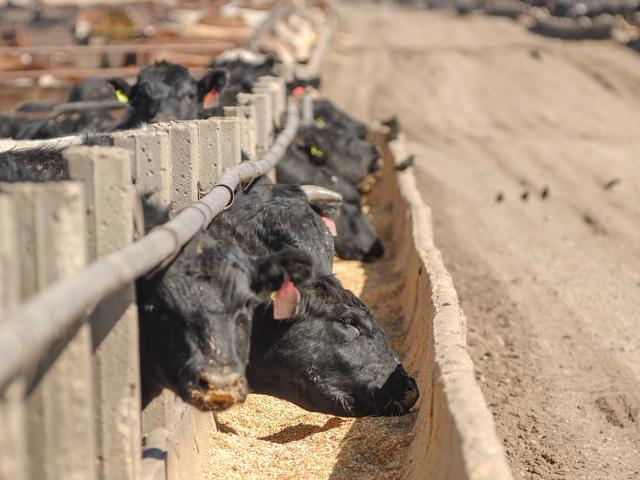
Packer have drastically cut chain speeds to try to keep the cash cattle market from rallying and to hopefully add some support to boxed beef prices, but with today's cattle possessing heavier carcass weights than a year ago, feedlots could see some supply pressures later...

Boxed beef prices and fed cash cattle prices endured some pressure last week, but the feeder cattle market continues to trade with immense demand.

Both Superior Livestock Auction and Western Video Market are hosting sales early this week and even though the board closed lower Monday afternoon, feeder cattle demand was hot.
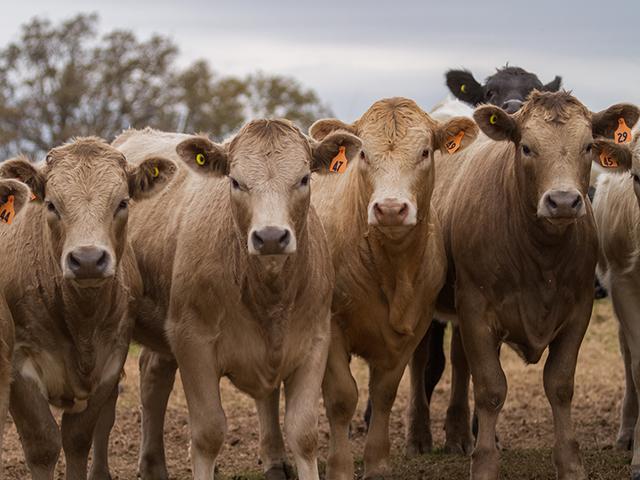
The market will be closed on Thursday for the Fourth of July holiday, but normal trade will resume on Friday and it's likely that the weekly cash cattle trade could wait to develop until that point as feedlot managers again aim for higher prices.
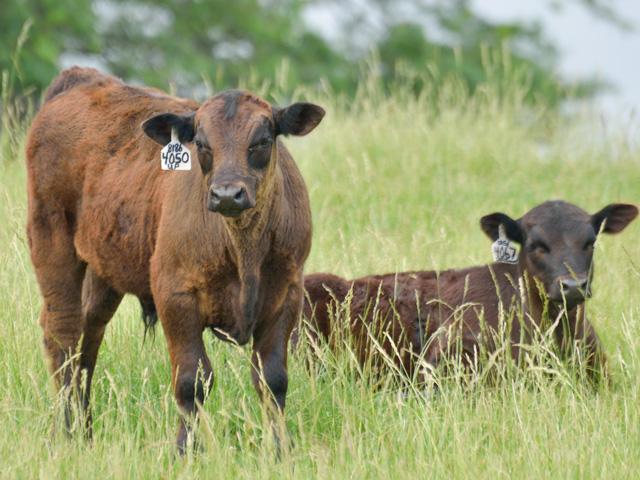
Given that Friday's Cattle on Feed Report was bearish, everyone expected Monday's market to be tough for the cattle complex, but thankfully traders found confidence in the market's strong fundamentals.

Both the cash cattle and feeder cattle markets saw prices shoot higher last week as excellent demand amid such short supplies continues to drive prices higher.

Thus far in 2024, the market processed an average of 57,106 head of beef cows a week, which is considerably lower given the fact that in recent years the industry has seen mass liquidation. To date, in 2023, weekly cow slaughter averaged 67,226 head and in 2022 averaged...

Will allowing contracts to trade in a wider range help protect producers and mitigate market risk?

Seasonal demand may have been slow to surface, but last week, choice cuts averaged $9.96 higher than the previous week as consumers are ready for the grilling season!

Outside of the week ended March 24, 2024, when packers bought 98,759 head in the spot cash market, the last three consecutive weeks have seen the biggest volumes of cash cattle sales thus far in 2024.

The market has been full of challenges over the last six weeks, but between improved chain speeds and stronger cash cattle sales some fundamental improvements have taken place as well.
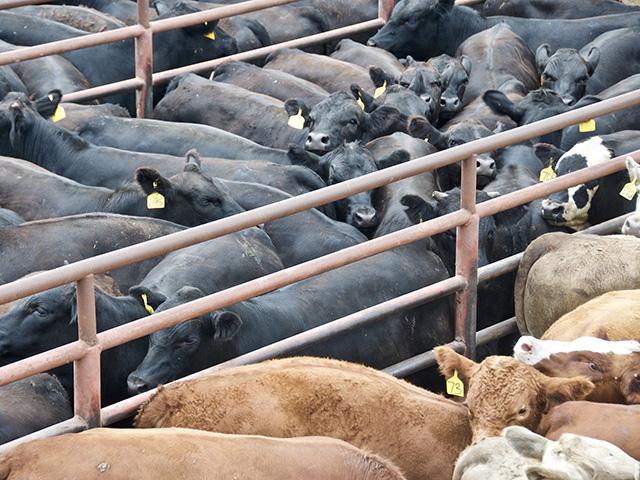
Farmers and ranchers are always looking for the right organization to belong to who will support them as a member. The Iowa Cattlemen's Association and Iowa Farm Bureau recently showed what they are doing for their members through work at the Iowa Capitol.
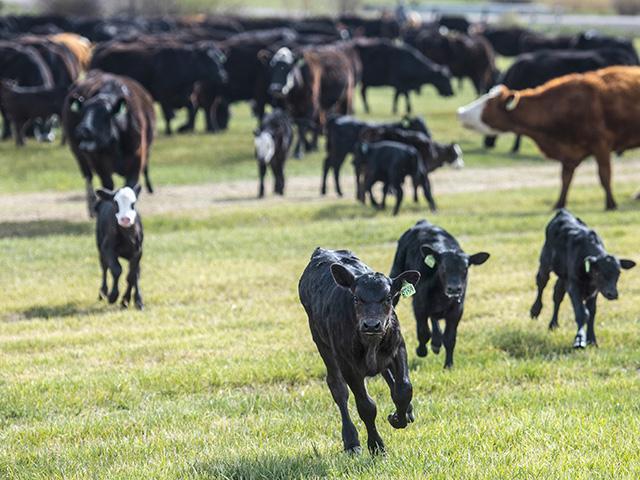
Pre-report estimates forecast placements to be anywhere from 90.0% to 94.7% of a year ago, so when the report showed placements in March were actually 88% -- cattlemen and traders alike were slightly taken back.
DIM[2x3] LBL[blogs-harringtons-sort-cull-list] SEL[[data-native-ad-target=articleList]] IDX[2] TMPL[news] T[]
DIM[2x3] LBL[blogs-harringtons-sort-cull-list-2] SEL[[data-native-ad-target=articleList]] IDX[5] TMPL[news] T[]